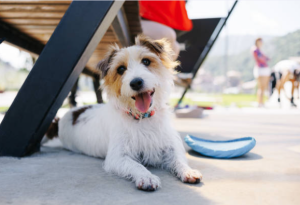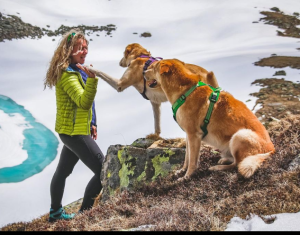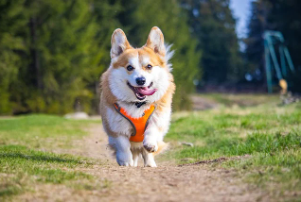How Do Dogs Process Words?
Dogs are brilliant creatures, and they can learn and understand a surprising number of words. But how do they process words? This is a question that scientists have been trying to answer for many years, and there is still much that we still need to learn. However, recent research has shed some light on how dogs perceive and process human language.
Dogs pay attention to intonation and body language
One of the most important things to understand is that dogs don’t process words like humans do. Humans can focus on the meaning of words, even if they are spoken in a monotone voice or with neutral body language. On the other hand, dogs pay more attention to the intonation of our representatives and body language. For example, if you say “sit” in a harsh tone while threatening, your dog is less likely to sit than if you say the same word in a soft, gentle voice while making a welcoming gesture. This is because dogs have evolved to be very sensitive to the emotional state of their owners. They can pick up on subtle changes in our tone of voice and body language and use this information to understand what we want them to do.
Dogs learn to associate words with actions and objects
Another way that dogs process words is by associating them with actions and objects. For example, if you consistently say “sit” before asking your dog to sit, they will eventually learn to associate the word with the action. Once they have made this association, they will be able to understand the word “sit,” even if you don’t say it in a commanding tone of voice. Dogs can also learn to associate words with objects. For example, if you say “ball” before throwing it for your dog to fetch, they will eventually learn to associate the word with the ball. Once they have made this association, they will understand the word “ball” even if you don’t have a ball in your hand.
Dogs have a limited vocabulary
While dogs can learn and understand a surprising number of words, they still have a limited vocabulary. The average dog can understand around 200 terms, while some dogs have been known to understand over 1,000 words. However, even the most intelligent dogs have a different level of language comprehension than humans.
Dogs use their brains to process words
Recent research has shown that dogs use their brains to process words similarly to humans. Studies have shown that dogs’ brains activate in the same areas as humans when they hear words. This suggests that dogs can process the meaning of words, even if they have a limited vocabulary.
How to teach your dog new words
If you want to teach your dog new words, there are a few things you can do. First, be consistent. Use the same word whenever you want your dog to perform a specific action or associate the word with a particular object. Second, be patient. It takes time for dogs to learn new words. Third, make it fun! Use positive reinforcement, such as praise and treats, to reward your dog when they correctly respond to a comment.
Tips for teaching your dog new words
Start with simple words: Choose words that are easy to say and pronounce and have a clear meaning.
Use positive reinforcement: When your dog correctly responds to a word, praise and treat them.
Be consistent: Use the same word whenever you want your dog to perform a specific action or associate the word with a particular object.
Be patient: It takes time for dogs to learn new words. Make it fun! Keep training sessions short and engaging, and use games and activities to help your dog learn. You can teach your dog to understand a wide range of words with patience and consistency. This will help you to communicate more effectively with your dog and build a stronger bond with your furry friend.
Additional things to keep in mind when teaching your dog new words
Use context to help your dog learn. For example, if you’re teaching your dog the word “sit,” say the word “sit” just before you ask them to sit. This will help them to associate the word with the action. Use gestures and facial expressions to help your dog learn. For example, when you say the word “sit,” point to the ground and make a sitting gesture. This will help your dog to understand what you’re asking them to do. ** Don’t get discouraged if your dog doesn’t learn a new word right away




